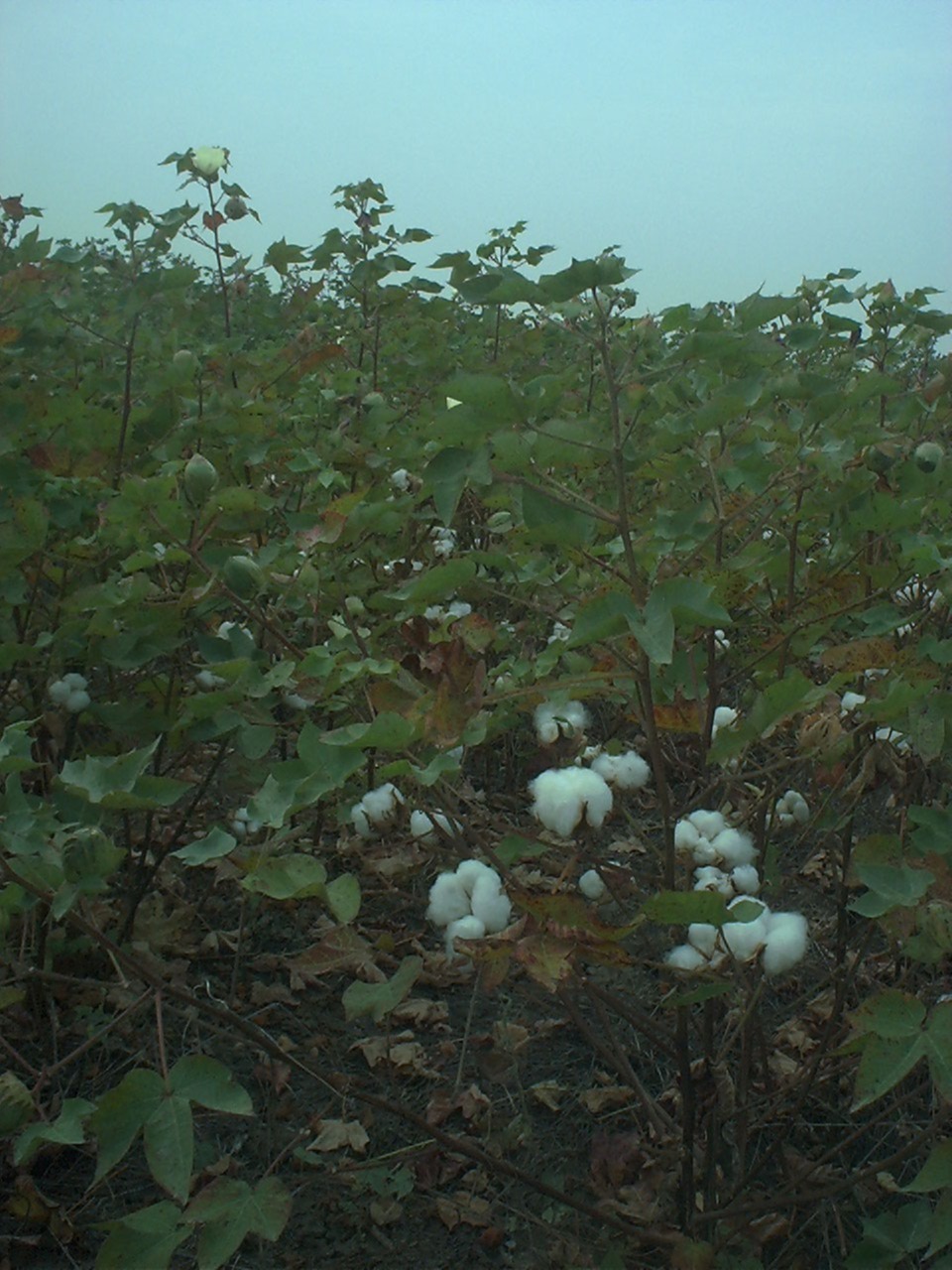
America Moves By Truck!

Truckers indeed do deiver everything, but babies! !
Just take a minute to look around.
Except for the people, everything you see was once freight on somebody's truck.
Are you in a classroom?
The computer you are viewing this web page on, and the computer I created it on were once freight on a truck.
The chair you are sitting on, and the desk the computer is sitting on, were once freight on somebody's truck.
The books you read, the paper you write on, the pens and pencils you write with, the clothing you are wearing, and the shoes on your feet were all freight on a truck before you got them.
See the chalkboard, the walls, the floor, the ceiling, the light fixtures, and the windows? All that was hauled in on trucks.
Are you at home?
Every stick, brick, carpet, door, window, appliance, and fixture, was freight on a truck, to get there so that the bulders could build your house.
The food in your refrigerator and on your table was hauled on a truck to the store where it was bought.
All the furniture, and whatnots that just sit around and make your home look nice were once freight on a truck.
Most things take several truck trips before they are finished products.
Blue Jeans are made of cotton. Cotton is grown in several southern states and also in some western states.
In Arizona, Pima cotton is grown in irrigated fields. Pima cotton is famous for it's long fibers which make very good quality cloth.
Cotton looks like this when it is growing.

It doesn't look anything like a pair of blue jeans yet, does it?
When the cotton is ripe, it is picked by a machine.
After the cotton is picked, it is loaded onto a truck and hauled to the gin.
The gin is where it gets the seeds and other trash picked out of it by a machine.
After the seeds and trash are picked out, the cotton is baled. (squashed under pressure into a big square block and wrapped in plastic)
It still doesn't even remotely resemble blue jeans.
Factoid!
The bales weigh 600 pounds or more.
Next, it is loaded onto a truck and hauled to a warehouse where it waits to be sold.
Whoever buys the cotton from the warehouse has it hauled on a truck to a mill where it is spun into thread, or yarn and gets dyed blue.
Now the cotton is ready to be made into fabric.
Now it's blue, but not jeans just yet.
The thread or yarn is loaded onto a truck and taken to a textile mill where it is woven or knitted into fabric.
Blue denim in this case,
getting closer to blue jeans, but it still has a way to go.
It then goes for another truck ride to the clothing factory where the fabric is made into blue jeans, at last!
From there, the blue jeans go on another truck to the clothing wholesaler's warehouse.
After being purchased by a retailer, (for instance, Wal-Mart) the blue jeans go for another ride on a truck to the retailer's distribution center.
From there, they go by truck to the store where you purchase them.
When they are worn out, the blue jeans take a last ride on a garbage truck to the landfill.
Now, let's back up a bit.
Before the cotton was even planted, trucks had something to do with it.
Before it was planted, the cotton was seeds.The seeds were hauled to the cotton farm on a truck.
While the cotton was growing, fertilizer and pesticides were applied to the ground it was growing in.
Those chemicals were hauled in on trucks.
Now, do you get the picture?

Home